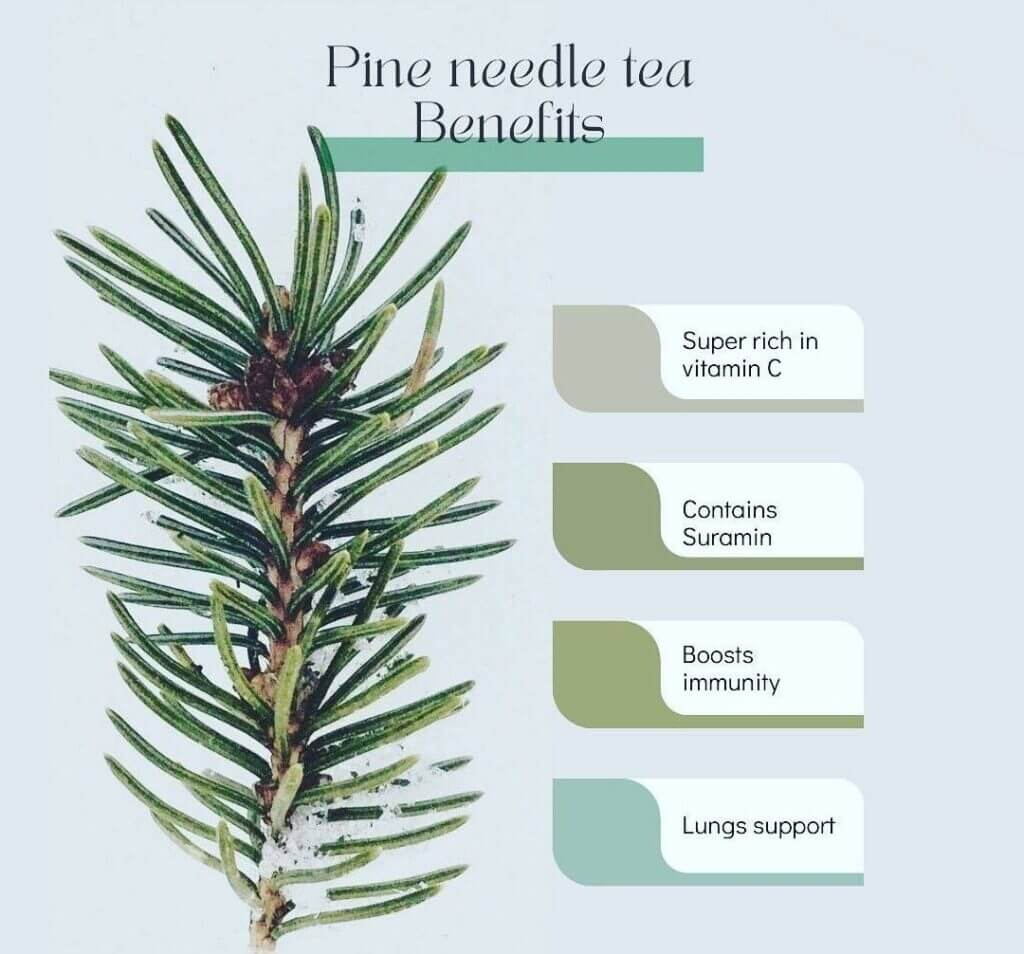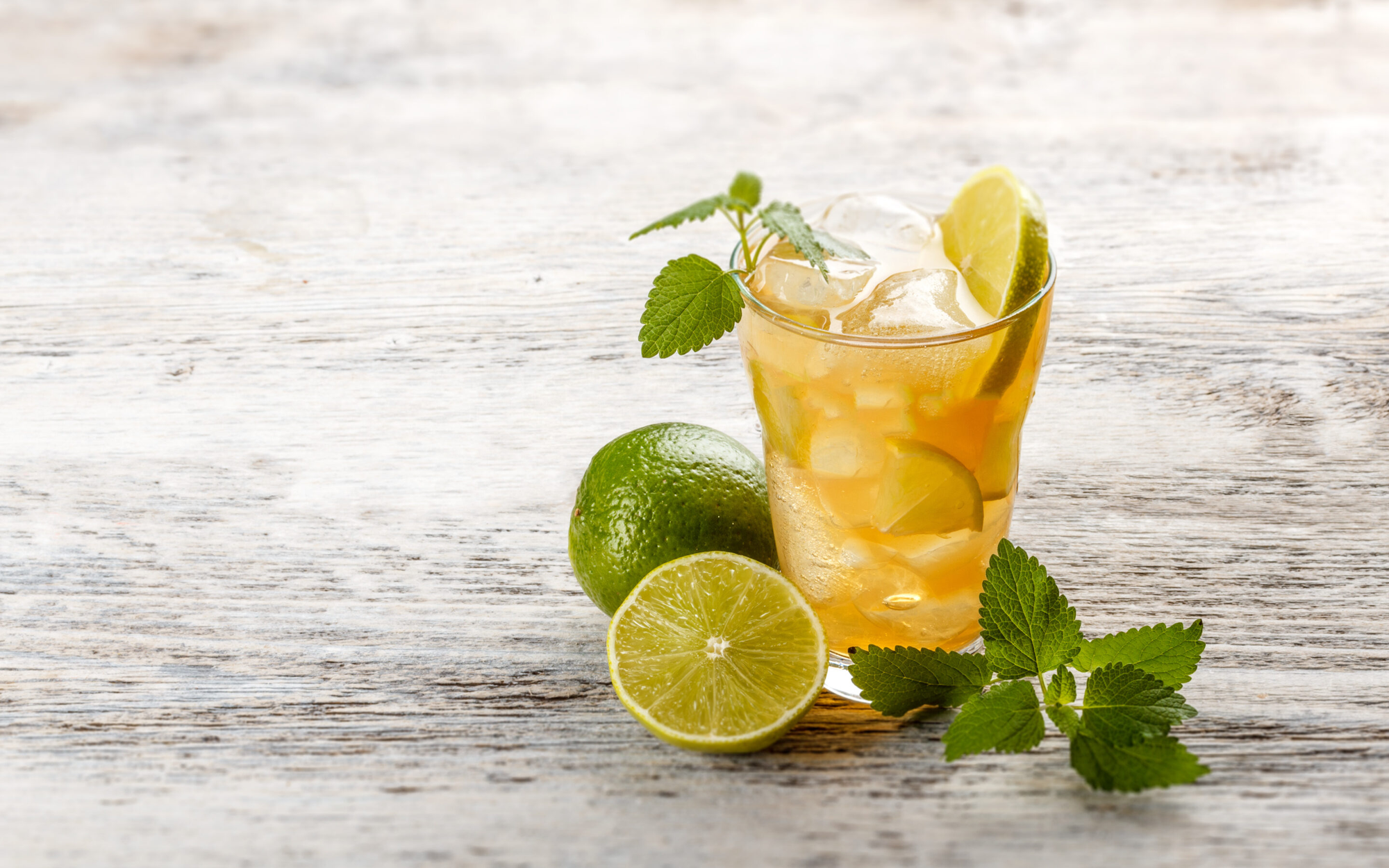Pine Needle Tea-Cuttings (100% organic) 100g
Especially helpful for post-vax after-effects. Suramin pine needle benefits are believed to be particularly helpful for blood clots while also protecting DNA and RNA. Contains important ingredients such as Vitamin A, Vitamin C, Suramin and Shikimic Acid
Learn More
Product Description
Contents:
100g Pinus Pinaceae loose-leaf pine needle tea-cuttings
100% Organic and additive-free.
Suggested directions:
Add 1 cup of boiled water to 1 teaspoon of Pine Needle Tea
Allow to steep for 5-10 minutes
Enjoy as is or add honey, stevia and/or a slice of lemon
This product may also be served as an iced tea or added to a smoothie
Once opened please store in an airtight container to preserve the freshness
Caution:
Pine needle tea cuttings should not be consumed by a pregnant or breastfeeding mom

Please conduct your own research on this wonderful product.
The information hereunder is for information only and should not be considered as medical advice:
Wild pine needles contain shikimic acid and other terpenes*. This contributes to its immune-supportive properties.
The most impressive fact about pine needles is that they contain 4-5 times more vitamin C than orange juice.
This high dose of vitamin C can stimulate the production of white blood cells and promote antioxidant activity throughout the body. It helps lower the risk of chronic disease while also speeding up healing and collagen production.
Antioxidants found in pine needles also help protect the heart, brain, liver and other organs in the body.
Pine needle tea has been used by indigenous cultures for its expectorant and decongestant qualities. It can force mucous and phlegm to be expelled, effectively eliminating bacteria and other pathogens which may be present.
The decongestant nature helps to clear out the sinuses and to relieve the pressure of sinus headaches.
* terpene :
Terpenes are a class of natural products consisting of compounds comprising more than 30,000 compounds, these unsaturated hydrocarbons are produced predominantly by plants, particularly conifers.
The common plant sources of terpenes are tea, thyme, cannabis, Spanish sage, and citrus fruits (e.g., lemon, orange, mandarin). Terpenes have a wide range of medicinal uses among which antiplasmodial activity is notable as its mechanism of action is similar to the popular antimalarial drug in use—chloroquine. Monoterpenes specifically are widely studied for their antiviral property. With growing incidents of cancer and diabetes in modern world, terpenes also have the potential to serve as anticancer and antidiabetic reagents. Along with these properties, terpenes also allow for flexibility in route of administration and suppression of side effects. Certain terpenes were widely used in natural folk medicine. One such terpene is curcumin which holds anti-inflammatory, antioxidant, anticancer, antiseptic, anti -plasmodial, astringent, digestive, diuretic, and many other properties. Curcumin has also become a recent trend in healthy foods and open doors for several medical researches. This chapter summarizes the various terpenes, their sources, medicinal properties, mechanism of action, and the recent studies that are underway for designing terpenes as a lead molecule in the modern medicine. https://www.ncbi.nlm.nih.gov/pmc/articles/PMC7120914/
